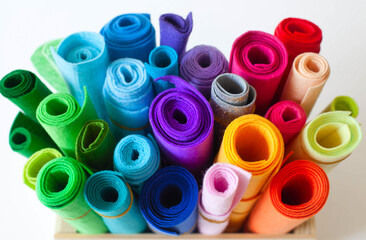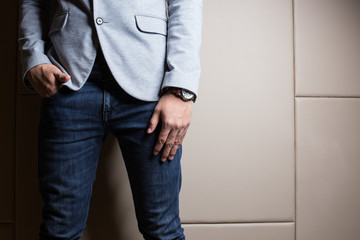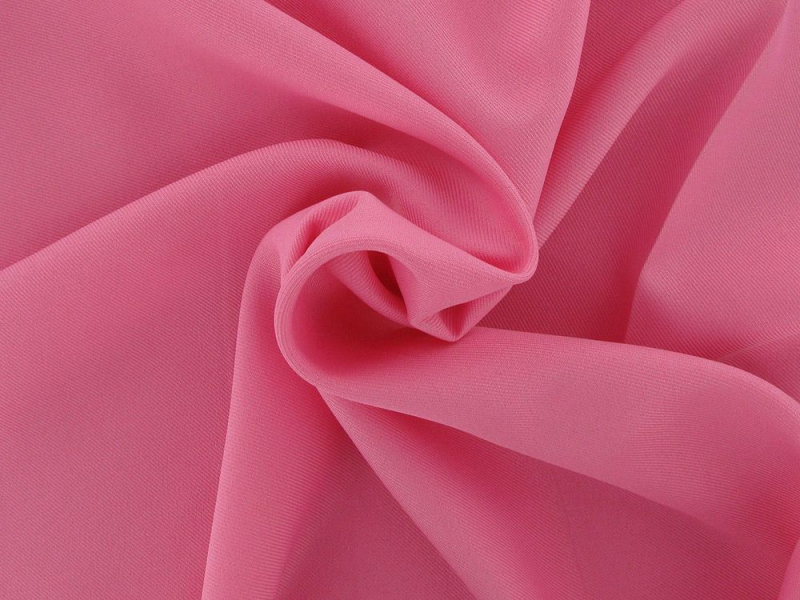- Home
- Dalston Mill Fabrics Blog
- Fabric Focus
- What is Hessian Fabric? Types & Uses
What is Hessian Fabric? Types & Uses
There are many different types of fabric that you can use to create all kinds of clothing, furniture, and other items. One such material is hessian. Hessian fabric is integral to everyday life, but what is it?
Common questions about hessian include - What type of fabric is hessian? What is hessian used for? And what’s the difference between hessian and jute?
So, take a look below to find out more about this versatile material:
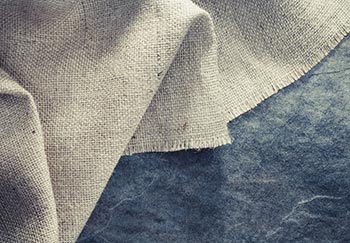
What type of fabric is hessian?
So, depending on where you go in the world, you will find a different name for hessian. For example, it’s often referred to as burlap in the US, and in Jamaica, it’s called crocus. Then, of course, there is also the jute variation.
There are different types of hessian. The fabric is made out of sisal fibres, but they can also come from the skin of the jute plant itself.
A lot of the jute you see worldwide is grown in India. There are two main varieties: the tossa jute and the white jute. This particular type of plant does best in a warm, naturally humid area with high levels of rain.
Is hessian fabric eco-friendly?
Because jute is a natural fibre, hessian is considered environmentally friendly and biodegradable. Initially, it was a pretty rough, densely woven fabric. However, nowadays, it is widely refined and easy to work with, available in many different weights and shapes.
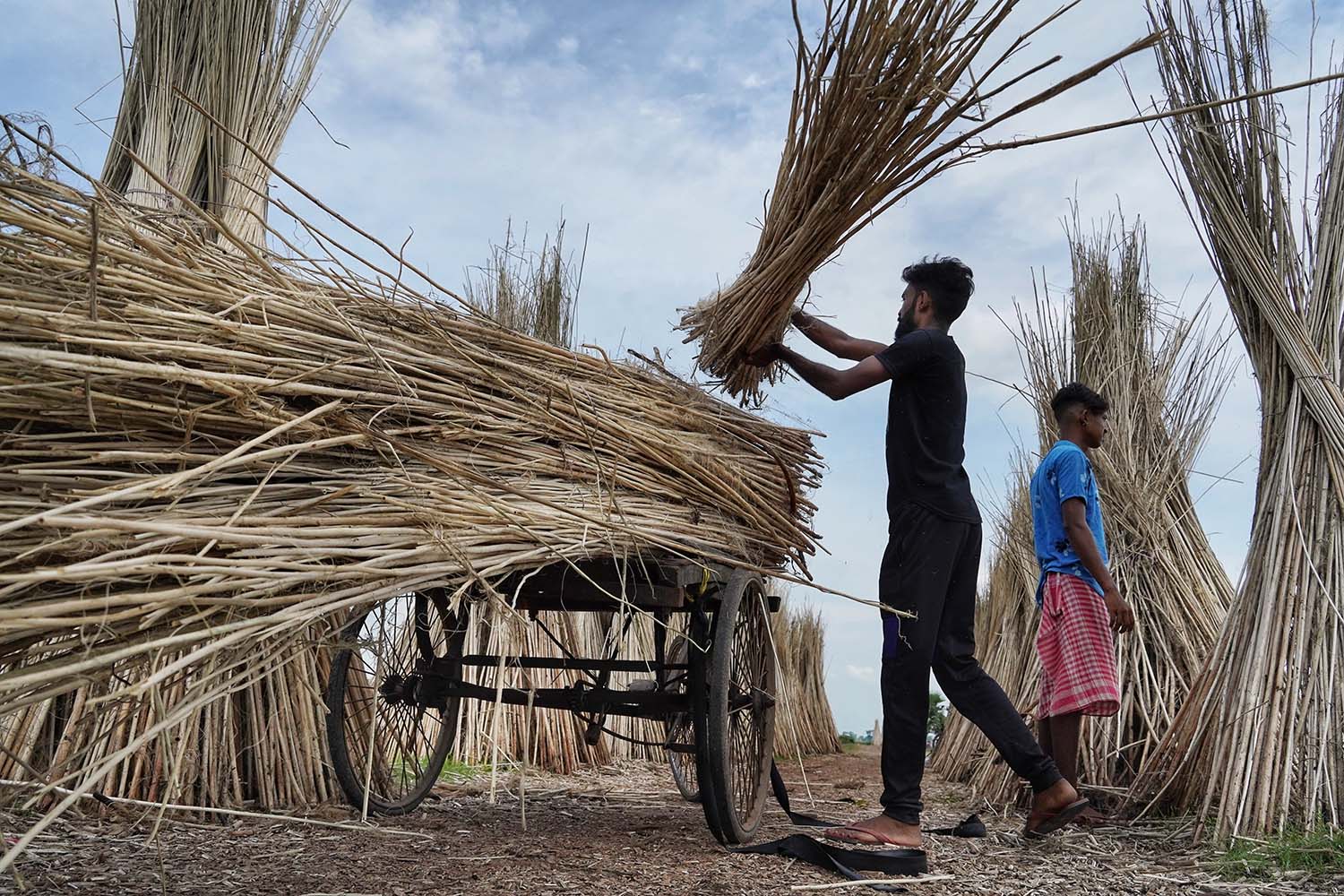
What are the different types of hessian fabric?
There are different types of hessian fabrics, including:
Laminated hessian
Laminated hessian fabric has a somewhat rough texture but also has a laminated surface which is applied to the back of the material. The lamination helps to stop water and other types of liquids from reaching the fabric. Because of how it has been made, you can use laminated hessian fabric to wrap things that you don’t want to get wet.
Dyed jute hessian
This is one of the more classic types of hessian, which comes in a range of different colours. It is made in the same way as naturally occurring hessian fabric, with the only real addition being solid dye which helps to create a coloured jute hessian. The larger holes work here by making it appear semi-opaque when dried. This fabric is one of the most versatile versions of hessian and is used in everything from construction to arts and crafts projects.
Soft hessian
Soft hessian is a particular type of hessian which is similar to dyed hessian and is woven in the same way. The big difference, however, is the softer finished product.
Bituminised hessian
Bituminised hessian is another fabric with open, rough weaves. It is often used as a protective material owing to how tough it is because the bitumen helps to fashion a watertight cover. It is often used as temporary flooring in outdoor environments.
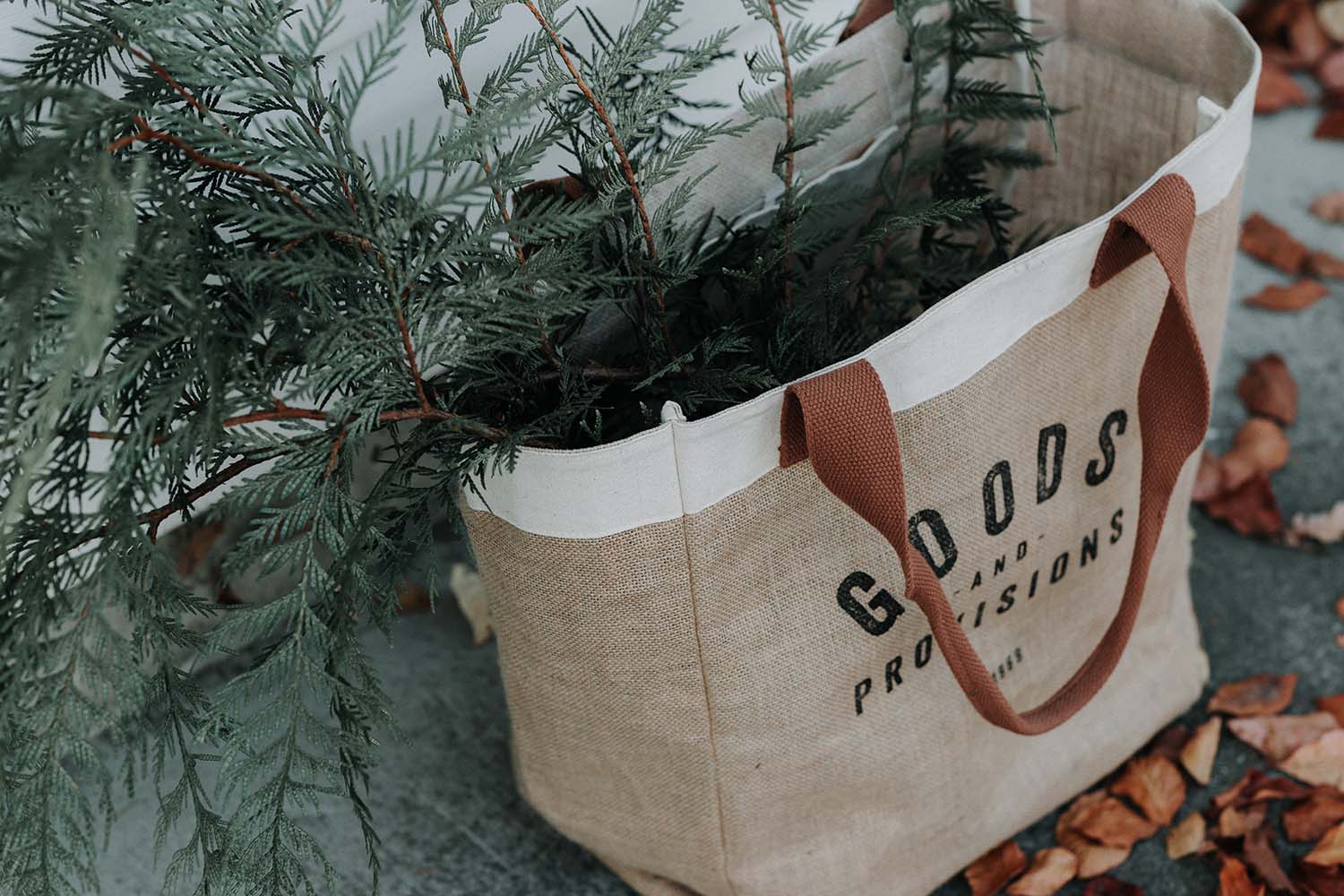
What do you use hessian fabric for?
We use hessian in many different places because it is a pretty practical and simple fabric to work with.
The main ways hessian fabric is used include:
- Sandbags
- Foor storage
- Planter bags
- Nets
- Arts and crafts
- Interior design and upholstery
- Soundproofing
- Heat protection
What is the difference between jute and hessian?
When we talk about hessian, people often get confused because there are interchangeable names for it. For example, some people refer to it as burlap, some people refer to it as jute, and others know it as hessian.
The main difference is the refined nature of the product. Generally speaking, jute is a much more refined version of hessian because it has been created specifically to be a lot softer.
Woven hessian is coarse and rough, making it suitable for some items but not others. However, today it comes in a variety of weights ideal for a range of things, including packaging, bags, furnishings, and industrial uses.
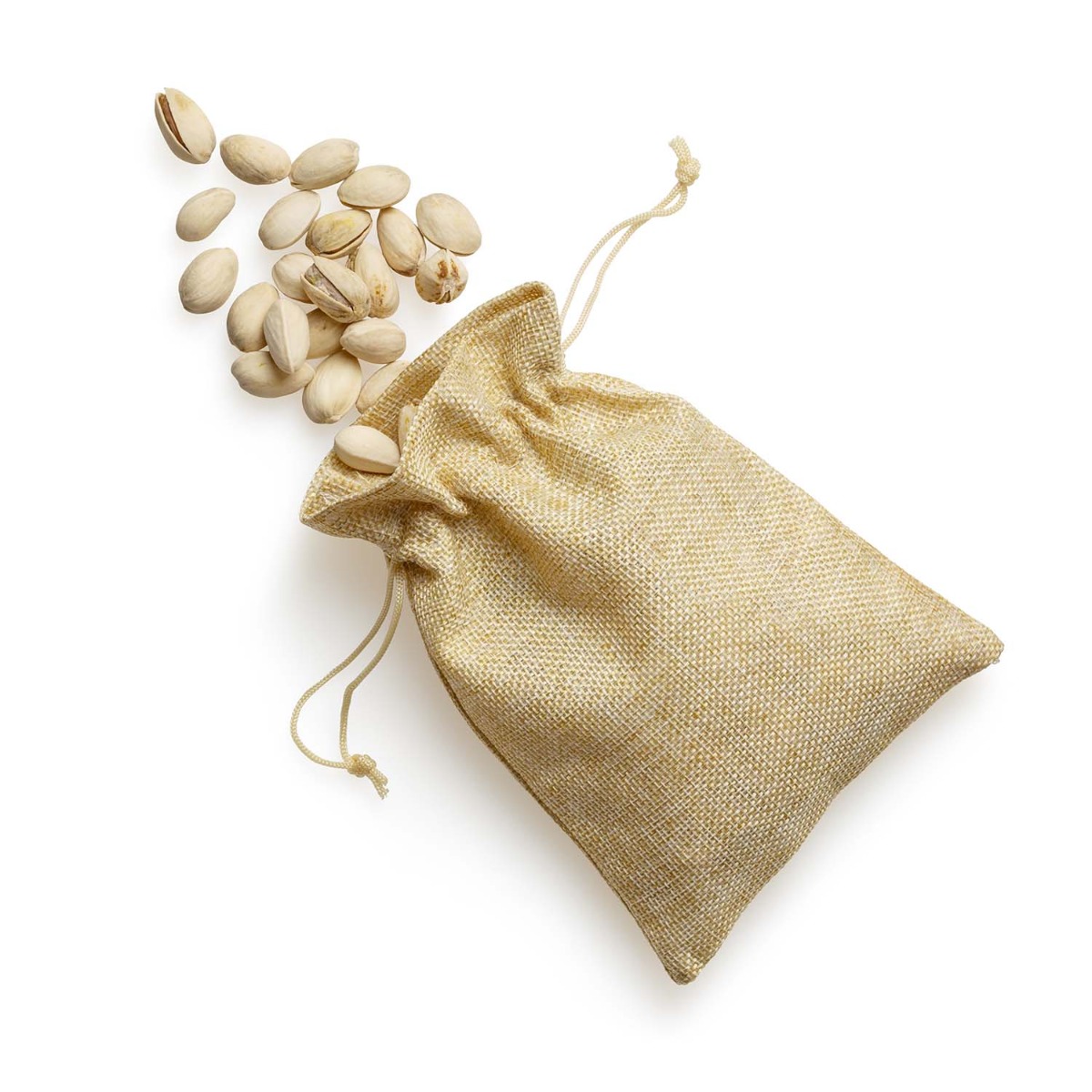
Using hessian fabric for sewing projects
Hessian is a material which is flexible overall. It has a lot of great characteristics, and it is easy to see why it is so popular. Depending on how it is woven together, it can be used for outdoor and indoor settings, food, storage, upholstery, and many other practical applications.
There are many variates of hessian fabric. Why not try out different kinds of hessian for yourself - you’ll soon discover just how flexible and easy it is to work with. Feeling inspired? Take a look at our selection of hessian fabrics to start your next sewing project.
















